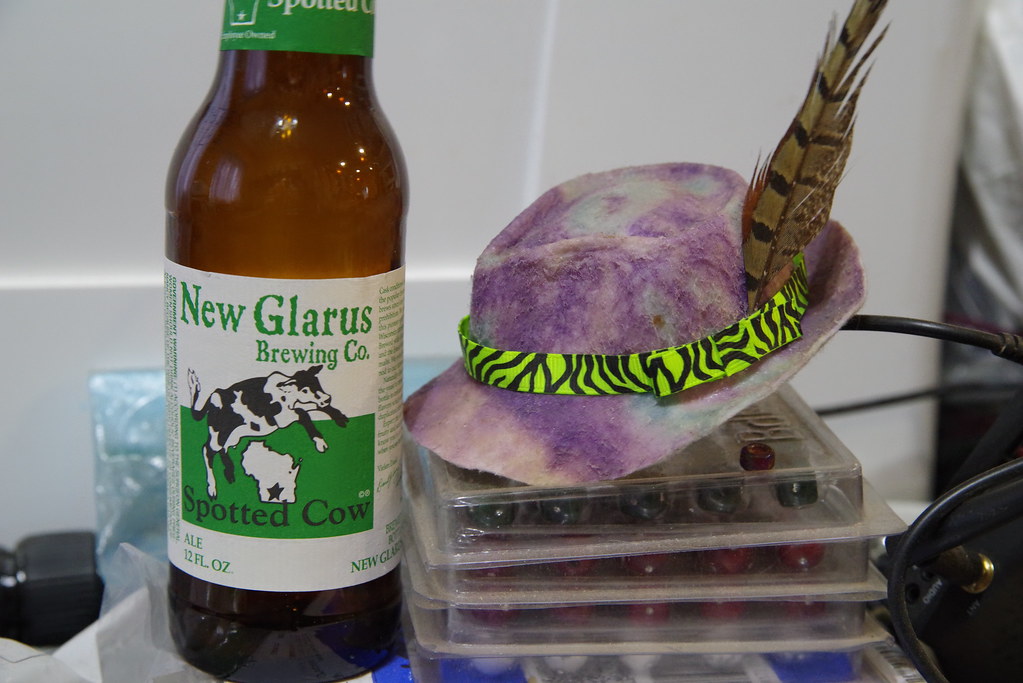 |
| Search this Thread |
| 05-06-2016, 04:00 PM | #1 |
| Pixel Shift Motion Correction | |
| 05-06-2016, 04:30 PM - 1 Like | #2 |
| Adam PentaxForums.com Webmaster (Site Usage Guide | Site Help | My Photography)    PentaxForums.com server and development costs are user-supported. You can help cover these costs by donating or purchasing one of our Pentax eBooks. Or, buy your photo gear from our affiliates, Adorama, B&H Photo, KEH, or Topaz Labs, and get FREE Marketplace access - click here to see how! Trusted Pentax retailers:    | |
| 05-06-2016, 04:37 PM | #4 |
| 05-06-2016, 05:39 PM | #5 |
| 05-06-2016, 07:20 PM | #9 |
| Adam PentaxForums.com Webmaster (Site Usage Guide | Site Help | My Photography)    PentaxForums.com server and development costs are user-supported. You can help cover these costs by donating or purchasing one of our Pentax eBooks. Or, buy your photo gear from our affiliates, Adorama, B&H Photo, KEH, or Topaz Labs, and get FREE Marketplace access - click here to see how! Trusted Pentax retailers:    | |
| 05-06-2016, 07:54 PM | #10 |
| 05-09-2016, 06:25 AM | #12 |
 |
| Bookmarks |
| Tags - Make this thread easier to find by adding keywords to it! |
| correction, dslr, full frame, full-frame, k-1, k1, motion, pentax k-1, pixel, pixel shift motion, shift |
| Thread Tools | Search this Thread |
| |
 Similar Threads
Similar Threads | ||||
| Thread | Thread Starter | Forum | Replies | Last Post |
| K1 Pixel Shift | tjstimbo | Pentax K-1 & K-1 II | 6 | 05-06-2016 10:11 AM |
| Landscape Pixel Shift | devem | Photo Critique | 7 | 04-09-2016 01:22 AM |
| Pixel Shift Questions | jatrax | Photographic Technique | 7 | 03-02-2016 08:38 AM |
| What's "pixel shift motion correction function"? | Fenwoodian | Pentax K-1 & K-1 II | 36 | 02-27-2016 09:55 AM |
| Pixel Shift | brophyart | Troubleshooting and Beginner Help | 6 | 10-31-2015 02:53 PM |






















